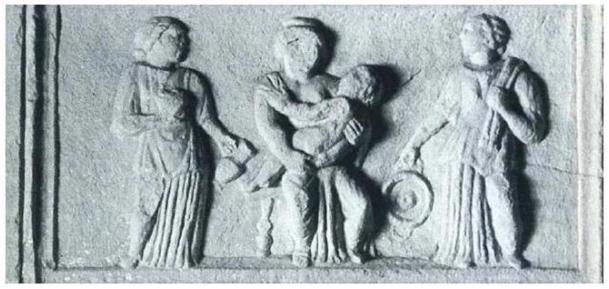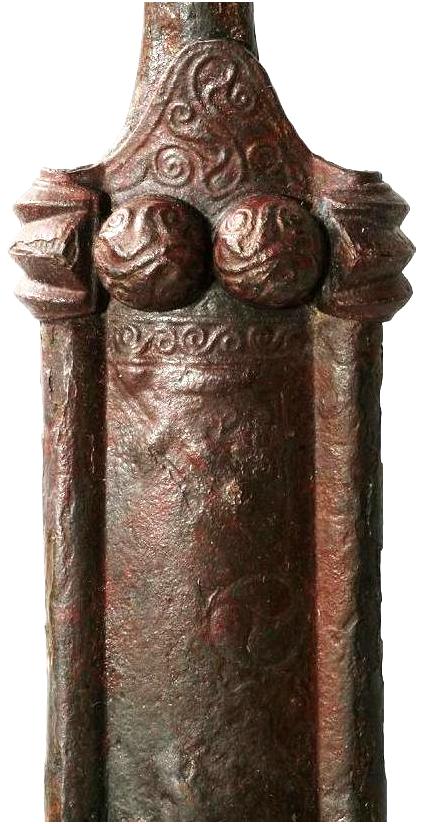UD: March 2019
Popularly known as the site of a major Roman military camp and capital of the province of Pannonia Superior, recently published archaeological discoveries from the Petronell-Carnuntum area of Lower Austria have thrown new light on the pre-Roman (Celtic) population in this part of central Europe.
3-D Reconstruction of the later Roman city at Carnuntum
Excavated in 2003, but only recently published (Ramsl 2016), research at the Heideweg site in Petronell-Carnuntum revealed, besides 140 Roman burials, 7 graves from the La Têne B2 period, i.e. late 4th/early 3rd century BC. Of the 7 Celtic graves containing 8 burials, most notable included grave #7 where both cremation and inhumation burials were identified – a rare example of a bi-ritual burial from this period.
Burial #7 at the Heideweg site in Petronell-Carnuntum
A further remarkable burial at the site was burial #2A which furnished a rare example of the burial of a Celtic child. Aged between 3-6 years old the child was buried orientated s-n and grave goods included ceramic vessels, mutton and two bronze fibulae.
Child’s Burial 2A
Grave #35 at the Heideweg site provided a fascinating example of a Celtic warrior burial, complete with iron lance head, knife and sword. Other grave goods in the burial, of a man in his 40’s (orientated s-n), included ceramic vessels and an iron fibula. In 4 of the burials weapons were recorded and, with the exception of the child in burial #2A, all the deceased were men. This would tend to indicate that the excavated area represents only a small section of a much larger Celtic burial complex.
Warrior burial in grave #35, and detail of iron sword
Full Report (Ramsl 2016/In German):
Mac Congail





























